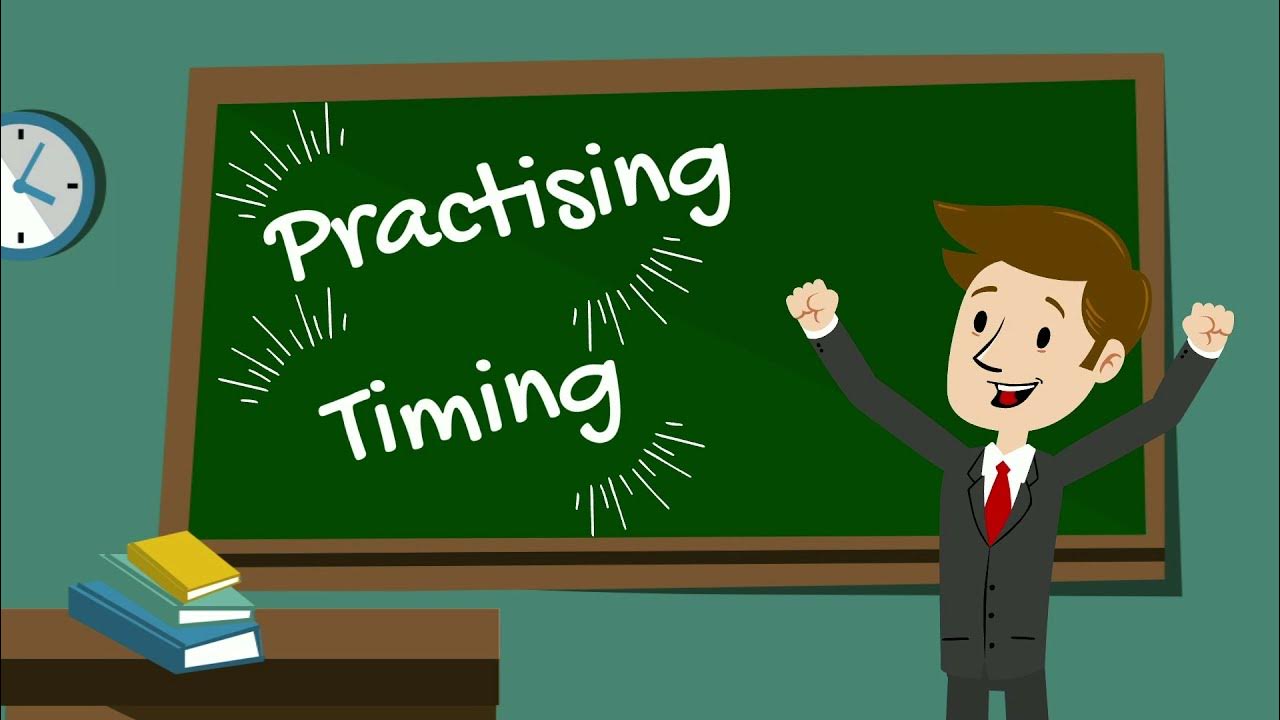HOW TO Give a Great Presentation - 7 Presentation Skills and Tips to Leave an Impression
Summary
TLDRIn this informative video, Dana Bluen, CEO of Mango Labs, shares seven essential tips for delivering a memorable presentation. Key points include understanding your audience, structuring your ideas, utilizing visuals, employing repetition for emphasis, telling a story, being relatable, and building confidence through practice. These strategies are designed to engage audiences and leave a lasting impression.
Takeaways
- 👥 Know your audience: Tailor your presentation to suit the expectations and understanding level of your audience.
- 🏗 Use structures to build on ideas: Organize your presentation in a way that each point logically leads to the next for better audience comprehension.
- 📊 Use visuals: Incorporate charts, graphs, and infographics to effectively communicate complex ideas and data.
- 🔁 Repetition is your friend: Repeat key points throughout your presentation to reinforce them and aid memory retention.
- 📖 Have a story to tell: Engage your audience with a compelling narrative that makes your presentation memorable.
- 🤝 Be relatable: Establish a connection with your audience by being authentic, relaxed, and enthusiastic about your topic.
- 💪 Build your confidence with practice: Rehearse extensively to ensure you deliver your presentation with authority and ease.
- 👀 Adapt to different audiences: Be prepared to modify your presentation for various groups to maximize its impact.
- 🌟 Make it memorable: Aim to leave a lasting impression by making your presentation engaging and impactful.
- 🔍 Practice in front of others: Get feedback from peers to refine your presentation and improve your delivery.
Q & A
What is the first step in preparing for a presentation according to the script?
-The first step is to know your audience, which helps you understand their expectations and tailor the content and delivery of the presentation accordingly.
Why is it important to understand the audience's level of understanding and expectations?
-Understanding the audience's level of understanding and expectations ensures that the presentation is relevant and impactful, avoiding the mistake of presenting the same content to different audiences with varying levels of comprehension.
What is the significance of using a structured approach in a presentation?
-Using a structured approach helps the audience connect with the content and create logical links between concepts, making complex ideas easier to understand and remember.
How can visuals enhance a presentation?
-Visuals like charts, graphs, and infographics can illustrate and communicate concepts effectively, as many people are visual learners, and a single image can convey a lot of information more potently than words alone.
What is the role of repetition in a presentation?
-Repetition encourages the audience to remember the key points of the presentation and helps the information stick, making the presentation and the presenter more memorable.
Why is storytelling effective in a presentation?
-Storytelling is effective because it conveys information in an engaging manner, creating memorable moments that are easier for the audience to recall and pay attention to.
What does being relatable mean in the context of a presentation?
-Being relatable means being authentic, relaxed, and enthusiastic, which helps the audience feel comfortable and mentally engaged with the content, making the presenter more memorable.
How can confidence be built for a presentation?
-Confidence can be built through extensive practice, ensuring familiarity with the content, timing, and transitions between slides, which contributes to a natural and authentic delivery.
What is the importance of practicing a presentation in front of others?
-Practicing in front of others allows for feedback, which is crucial for making improvements and refining the presentation, ultimately leading towards a more perfected delivery.
Why is it crucial to adapt the same presentation for different audiences?
-Adapting the presentation for different audiences ensures that the content is always relevant and engaging, preventing a disconnect that could occur if the same content is presented without consideration for the audience's specific interests and knowledge.
What is the impact of not being honest in a story during a presentation?
-Not being honest in a story can lead to a loss of credibility with the audience, as they may sense insincerity and become less trusting of the information being presented.
Outlines

Cette section est réservée aux utilisateurs payants. Améliorez votre compte pour accéder à cette section.
Améliorer maintenantMindmap

Cette section est réservée aux utilisateurs payants. Améliorez votre compte pour accéder à cette section.
Améliorer maintenantKeywords

Cette section est réservée aux utilisateurs payants. Améliorez votre compte pour accéder à cette section.
Améliorer maintenantHighlights

Cette section est réservée aux utilisateurs payants. Améliorez votre compte pour accéder à cette section.
Améliorer maintenantTranscripts

Cette section est réservée aux utilisateurs payants. Améliorez votre compte pour accéder à cette section.
Améliorer maintenantVoir Plus de Vidéos Connexes

11 Cara Presentasi Karya Tulis Ilmiah (KTI) yang Baik

10 Tips For Impressive Presentations To Senior Leadership And Executives

大學甄試入學超殺英文自介 // How to Kill Professors with Your Self-Introduction

Informative Speeches: How to Write an Informative Speech

How to Plan the Perfect Event - The Event Expert

Giving an Academic Presentation
5.0 / 5 (0 votes)
